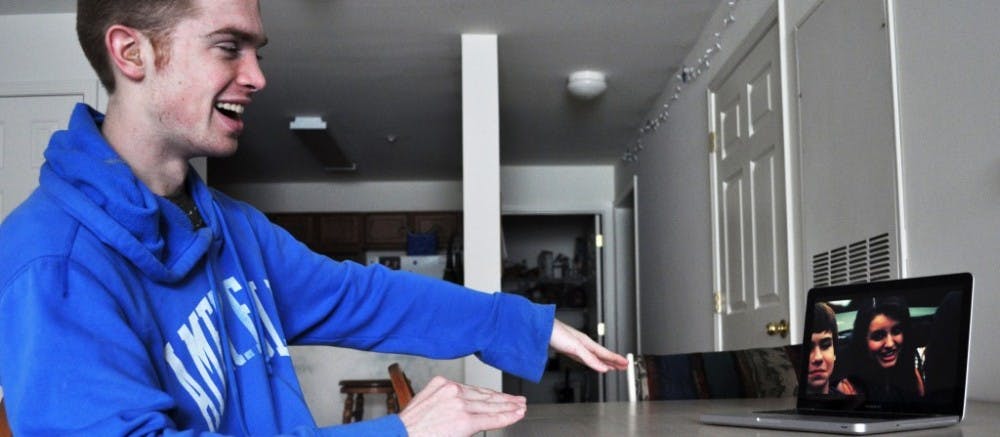From a mini-documentary about a war criminal to a pop song lip-sync featuring Justin Bieber, viral videos are continually cropping up on the Internet. But with online video content encompassing a wide array of genres, what makes a video go viral is not easily determined.
Elon University freshman Kathryn Jeffords said she thinks videos go viral as a direct result of being posted on Facebook.
“Facebook has the feature of showing how many friends are sharing a certain video, and when it comes in your newsfeed, you obviously want to watch it because it’s popular and being passed around,” Jeffords said.
J. McMerty, co-coordinator for video projects for the School of Communications, also acknowledged the importance of social media in creating a viral video. He said viral videos started on VHS, citing the popular clip of the “Winnebago Man” as an example, but the development of online social media further enabled sharing of video content.
“I think YouTube is the No. 1 tool that has allowed video to go viral,” he said. “YouTube is the platform of viral videos, but now Twitter and Facebook are obviously accelerating the speed at which viral videos get out there as well as the audience size — it’s so much bigger.”
In an interview with Forbes.com, digital music entrepreneur Prerna Gupta said that there are 11 secrets that make the difference between a viral and non-viral video. These factors include music, surprise, cuteness, humor and celebrity, among other things. Gupta also said the video should win the audience’s attention within 10 seconds, and tie in with current events.
McMerty said he doesn’t think there is a specific formula to creating a viral video, but where it is posted is crucial to its popularity.
“I think it matters how it gets out into the world for the first time,” McMerty said. “Is it on a blog? Does it get into a network that has the most amount of output as possible? Where is it that a ton of people are going to see it and how forwardable is it?”
McMerty also said viral videos are usually shorter in length.
“The Kony 2012 video is like 30 minutes long, which makes it very unusual,” he said. “I think if you were to ask people a month ago if a viral video could be 30 minutes, they would say no.”
The Kony 2012 video was released March 5 by the organization Invisible Children to promote the organization’s “Stop Kony” movement, focused on drawing attention to the Ugandan war criminal Joseph Kony. The Internet video broke records by receiving more than 100 million views in under a week’s time.
The popularity of the Kony video proves that not all viral videos are necessarily light-natured.
“I think like anything there’s good and bad things that come from it,” he said. “When you give people tools, just like in every great story, you can use those tools for good and evil.”
In particular, McMerty referenced the 2010 Rutger’s University scandal that involved student Durhan Ravi spying on his gay roommate using a webcam and then live streaming the content on the Internet. The video led to the roommate’s eventual suicide. The case was tried in court in March, and Ravi was found guilty on 15 counts.
Despite potentially tragic consequences, McMerty said he doesn’t see a near end to the trend of viral videos.
“I think (the trend) has longevity, but it might change platforms,” McMerty said. “I think that forwarding interesting user-generated content is here to stay.”


